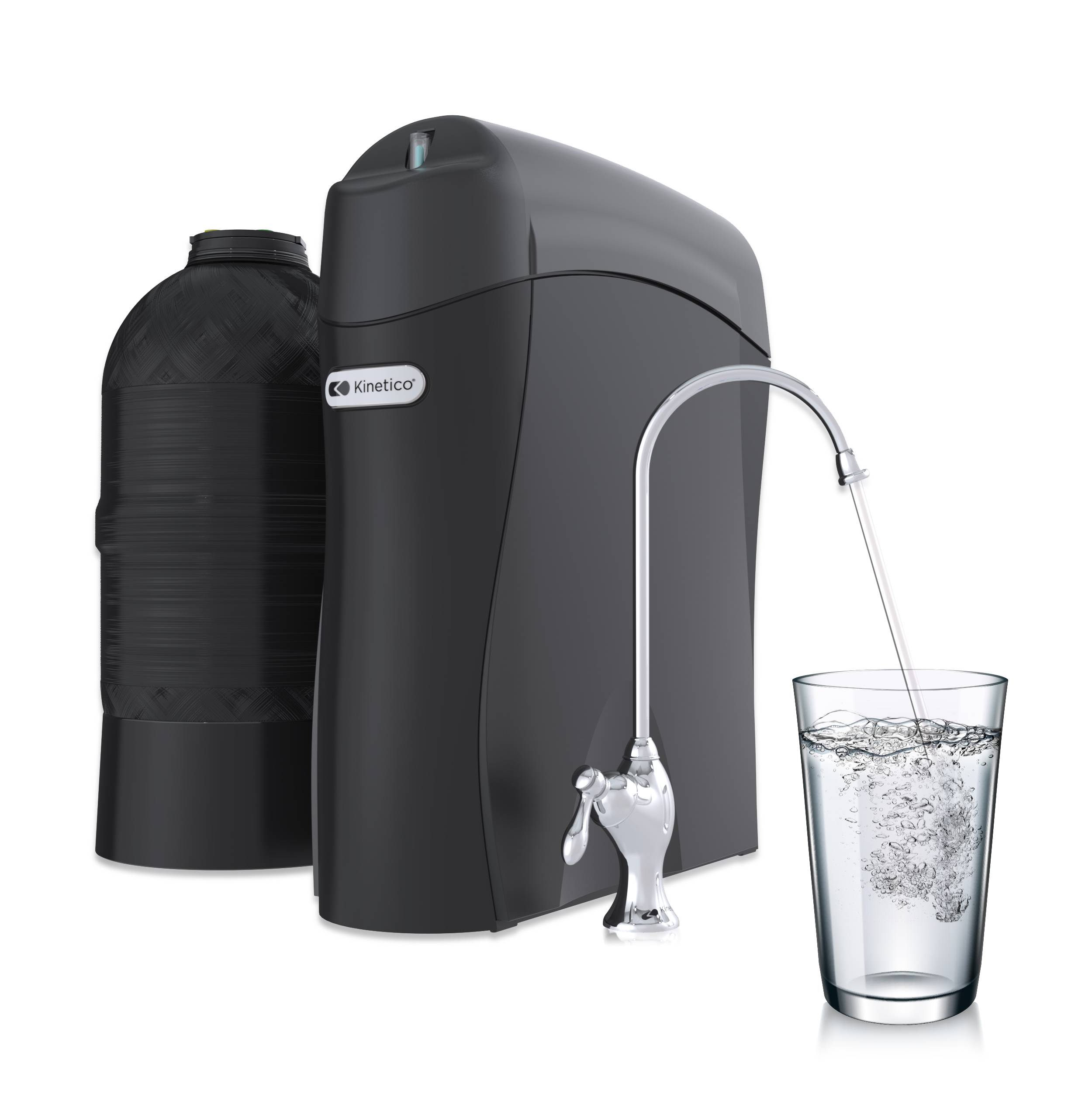L. Heiden has been in the water treatment business for more than 25 years. Currently, she is a National Account Executive for UL and is an active member of the Water Quality Association.
Several years ago, I happened to be traveling in Mexico to do some product training. I was out and about one day and came across Mexico’s version of a big-box, do-it-yourself stores. I went in to have a look because this is one of the things I most enjoyed when I traveled. Grocery and DIY stores always offer a glimpse into how people in that country live. Being in the water treatment industry, the first place I headed was the plumbing aisle.
I was interested to see what types of drinking water filtration and whole house systems they offered. After all I was in Mexico and was always told not to drink the tap water. What a perfect place to sell an under the counter drinking water system. Surprisingly though, I really did not see much in the way of whole house water treatment or drinking water systems. What I did find was a standard filter housing that utilized a cartridge to filter water. What further surprised me was that this simple filter cartridge had an NSF certification label right on the package.
NSF certification ensures that a product meets strict standards for public health protection and that the manufacturer complies with the strict standards and procedures imposed by NSF. All kinds of products including automotive, building and water treatment products can be NSF certified.
Kinetico water treatment products are certified to NSF standards. Kinetico drinking water systems and filters are much more complex and offer much more extensive protection than the simple filter I found in the DIY store in Mexico. I always thought having NSF certification meant a product was of better quality than others so I was really confused that the modest Mexican filter was certified as well. As it turns out, the NSF standards for potable water encompass many different types of certifications. That is why it is so important to understand what type of certification to look for.
NSF Standards
NSF 42 is a certification which claims reduction of taste and odor, particulates and some chloramine reduction. This certification does not offer any health effect claims. A product having NSF 42 might be a sediment or carbon filter and could be a POU or POE device (see POU and POE explanation blog). A product having this certification must only meet the minimum reduction claims for the particular contaminant listed. It is not required to remove 100% of the contaminant in order to be certified to NSF 42. Particulates are listed by class I to VI to establish the size of particulates the product filters down to I being the smallest or submicron.
NSF 53 is a certification that offers health effect claims for specific contaminants in the water such as, volatile organic compounds (VOCs), lead, and MTBE. A product having NSF 53 might be a sediment or carbon filter and could be a POU or POE device. The manufacturer may include a performance indication device for these types of products which indicates when it is time to change the media or filter cartridge. A product’s performance data sheet will include a list of the specific contaminants that the product is certified to remove or reduce. If you cannot find this information ask that it be provided to you.
NSF 58 is a certification that applies to drinking water systems using a reverse osmosis element to reduce total dissolved solids (TDS), as well as having health claims such as reduction of VOC, lead, cyst and in some cases additional claims such as arsenic, nitrate and nitrite to name a few. Check the performance data sheet to find out what specific contaminants are being addressed by a given product.
NSF 55 is a certification for ultraviolet lights used for disinfection of water. This certification offers two classes. Class A can be used on contaminated water and Class B is for use on water already deemed safe to drink for additional protection. NSF 61 is a health effects claim which tests the materials of construction of the product for leaching of harmful contaminants into the water. This certification shows the materials are safe to use for drinking water applications.
NSF 372 is a lead content standard that can be used to verify the lead content of any product, material or component that conveys or dispenses water for human consumption.
There is one more thing about NSF certification that should be mentioned. Some products are NSF certified; however, the certifier is not NSF. The reason for this is that products are certified to a particular standard by a certifying body. The standards are written by an American National Standards Institute (ANSI) accredited standards developer such as NSF or Underwriters Laboratories. Once the standards are set, products can be certified by any ANSI accredited lab. For example, Kinetico products are not certified directly by NSF but rather by the Water Quality Association (WQA) to NSF/ANSI standards.
Armed with all of this information you should be better informed on the different types of certification for POU/POE systems for water treatment. The reason companies choose to use a third party certification is to provide an assurance to their customers that the claims they are making about their products have been validated and verified by a certified third party. This allows peace of mind to the consumer who is purchasing the product.
Want to learn more? Check out the following resources.



